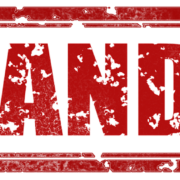#IPLaw, #EPC – Amendments relating to Representations before the EPO
After a long period, the EPO Guidelines were amended in March 2021 (the last change was in November 2019).
Let us take a look at the amendments relating to the representation before the EPO.
As it has been the practice for a long time, the EP patent law has been allowing new applications to be filed by parties not having their place of business or residence in a Member state of the European Patent Convention. The rest of the procedure must be made through a European Patent Attorney.
The other case is for a Party established in a Member State of the EPC, to act before the EPO either directly or through a European Patent Attorney.
In the new version of the Guidelines, the innovation for Parties from abroad is that, as opponents, if they fail to meet the requirement of Art. 133(2) EPC in course of opposition, the EPO would in anyway inform them of the date and location of any oral proceedings (A.VIII.1.1. 3rd§).
For Parties from a EPC member state, the innovation is to be able to act also directly before the EPO, even if they have appointed a representative. When conflicting instructions are received from Parties and their representative, each will be advised of the other’s action (A.VIII.1.1. 2nd§).
Of course a European Patent Attorney, like SOTERYAH IP, is always recommended in any stage of the procedure to avoid any irremediable defect in the EP application.
The SOTERYAH IP team







